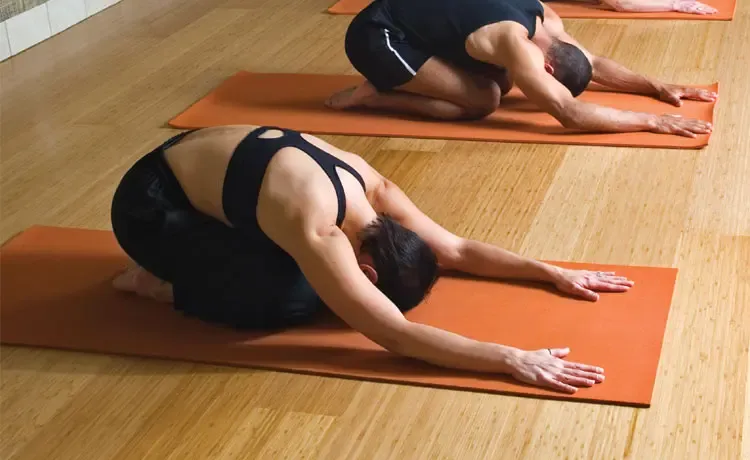Chronic stress is plaguing Americans. In November 2017, the results of the annual Stress In America survey, conducted by the American Psychological Association, revealed a significant increase in the percentage of Americans suffering from symptoms of stress, from 71 percent in 2016 to 75 percent in 2017. Of the symptoms reported, over a third of adults reported feeling nervous or anxious (36 percent), irritability or anger (35 percent), and fatigue (34 percent) due to their stress. Lucky for us, though, a growing body of research shows that a laugh a day may keep the doctor away! Studies have shown that laughter actually lowers blood pressure and significantly lowers the level of stress hormones in your blood. Laughter also soothes tension by stimulating circulation and aiding muscle relaxation, both of which can help reduce some of the physical symptoms of stress. And there are other health benefits of laughing too. Laughter has also been shown to:
- Boost the immune system.
- Lower blood glucose levels in people with type 2 diabetes.
- Protect the heart.
- Elevate mood.
- Even help you lose weight! (Laughing out loud for 10-15 minutes a day can burn 10-40 calories. That can add up to four pounds a year!)
Laughing just makes you feel good — and, that good feeling can stay with you even after the laughter stops. So, go watch a funny movie or good old cartoons, read a joke book or visit a comedy club. Or consider trying this novel stress buster: Laughter Yoga.
What Is Laughter Yoga?
Madan Kataria, a doctor in India, noticed in studies that voluntary laughter provided the same health benefits as spontaneous laughter. In 1995, he started his first laughter yoga class. Today laughter yoga is practiced in thousands of laughter clubs around the world. In laughter yoga, people practice laughter as a group, combining laughter exercises and yogic breathing to increase the amount of oxygen in your body for a sense of well-being. Practitioners do not have to master any of the traditional yoga postures. The laughter is forced at first, but as we all know laughter is infectious. You can’t help bursting into spontaneous laughter in one of these joyous classes.
What Do You Do in a Laughter Yoga Class?
Typically a laughter yoga class is made up of four parts.
- Warm up: Start by clapping and chanting (Ha ha. Ho ho ho.) The clapping stimulates pressure points in the palms to increase your energy level.
- Deep-breathing and stretching exercises with laughter: Breathe in deeply from your diaphragm to the count of four, hold for a second or two, then exhale using big Santa Claus Ho Ho Hos. Now add stretching, reaching your arms up above your head on the inhale, with big belly laughs on the exhale.
- Laughter exercises: Ten to 15 minutes of silly, playful exercises. There are several laughter exercises to choose from. Here are a few:
- Milkshake Laughter: Pour into left cup (Ha Ha Ha), pour into right cup (Ha Ha Ha), tip your head back and guzzle it down (Ho Ho Ho!)
- Electric Shock Handshake: Approach a fellow laugher in your class, make eye contact and reach in for a handshake. Snap your hand back quickly as if shocked, shaking it out and roar with laughter (Ha Ha Ha). Make sure to greet everyone.
- Gradient Laughter: Facing other laughers, start with a smile and slowly increase to chuckle all the way up to belly laughs. Then reverse.
- Lion Laughter: Raise your “paws,” stretch out your claws and roar with laughter.
After each type of exercise, say “Very good, very good,” clapping on each syllable, then cheer “Yeah!” with your arms stretched in the air.
- Cool down: This part of the class typically uses mediation and guided visualization to inspire a sense of calm and relaxation.
Sound Like Fun?
- Find a Laughter Club in your area. Visit Laughter Yoga International and enter your country, state and city.
- Can’t find one? Start your own. Training sessions and training DVDs and books are available.
- Join a virtual laughter club online. Skype Laughter Club
Laughter is a stress reliever that every single person can incorporate into their daily lives. Learn more about other relaxation techniques in QuickSeries guide Managing Stress.
